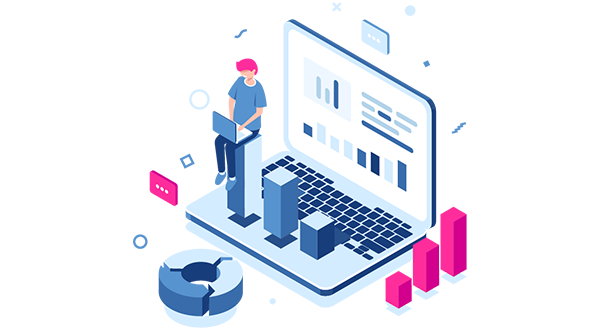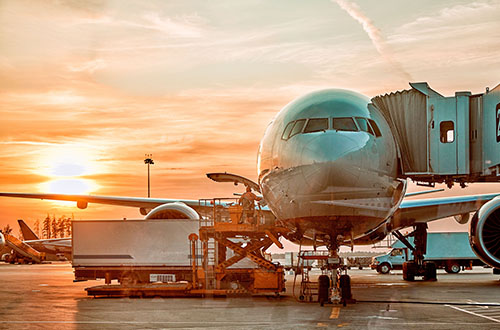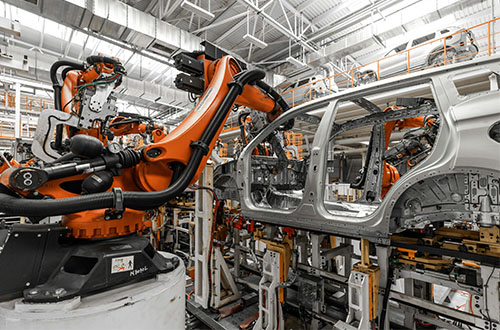

Mlogica Thought Leaders: CodeGen AI Automation Migrates Mainframes Faster and More Cost-Effectively

Matteo Minotti, mLogica V.P. of Global Architecture and Mainframe Modernization
Mainframe application modernization has gained a lot of traction in recent years, since only by modernizing can mainframe-tethered businesses finally take advantage of the scalability, cost-effectiveness and agility available on demand in the cloud. That said, cloud migration is an exceptionally complex, labor-intensive initiative, especially with legacy enterprise systems. Migration tools that leverage advanced AI- and ML-based automation software (CodeGen AI) simplify this process, providing a controlled, risk-mitigated methodology that virtually eliminates the risk of human coding error—a risk that multiplies exponentially the more widely-dispersed your organization.
The Decline of Mainframe Rigidity and the Rise of Cloud Agility
Large organizations have traditionally trusted mainframes because they can reliably and securely handle business-critical applications and high volumes of data. They do, however, present increasing business risks and roadblocks to adaptability and competition, in addition to their high infrastructure and data center costs, inability to rapidly innovate and fast-depleting support talent pool.
By contrast, cloud computing provides a far more viable, future-oriented model, allowing adopters to cut expenses and gain flexibility, providing on-demand access to emerging technologies and boosting overall performance. However, cloud migration of mainframe applications comprises a number of highly detailed phases, all of which need to be executed with the pinpoint precision and efficiency only CodeGen AI automation can provide.
The Roadmap to the Cloud
The cloud migration process starts with analysis of all existing applications and databases, followed by translation of millions of lines of code to the destination technology, rigorous testing to ensure performance on the new platform—and ultimately deployment. Theoretically, cloud migration services can be performed via traditional manual methods, by human resources, or today they can be largely automated—a faster, more accurate and far more cost-efficient option.
By contrast, the manual migration approach is prone to high error rates, and the larger the enterprise, the more errors occur. In fact, such manual migration projects have become notorious for their high overall costs, lengthy coding phases and much higher risk of failure.
CodeGen AI-driven automated solutions virtually eliminate human error and communication failures during this intensive recoding process. mLogica’s automated LIBER*M Mainframe Modernization Suite offers a series of modules that address assessment as well as all the various legacy technologies that require error-free translation for the modernization initiative to succeed. By making the migration of legacy applications to the cloud simpler and more predictable, LIBER*M reduces the timeline, costs and risks of mainframe modernization.
How Does LIBER*M Make Modernizing Easier?
Tools are only as good as the methodology used to deploy them. mLogica’s mainframe modernization approach has been proven over hundreds of successful engagements worldwide. This methodology is broken down into discrete phases, including:
Comprehensive Assessment
In-depth analysis of a client’s existing mainframe applications portfolio is critical to successful cloud migration. Our comprehensive assessment process allows our team to determine and document all up- and downstream dependencies and resource needs of existing programs to ensure a seamless transition. Using the LIBER*DAHLIA module of our LIBER*M suite, our team is able to determine a customer’s full existing application portfolio, allowing us to create detailed strategic migration and testing roadmaps.
This comprehensive assessment can quite literally mean the difference between project success and failure. Why? While COBOL, CICS, VSAM and Db2 are typically the largest, most top-of-mind components of mainframe systems, addressing only these, while neglecting to assess and migrate supporting languages such Assembler, Easytrieve, Telon and PL/1, can lead to last-minute failure. We call this unfortunately common occurrence the Last Mile Challenge.
The LIBER*TULIP module of our LIBER*M suite provides automated code refactoring of legacy applications including COBOL, Easytrieve, PL/I and Assembler to Java, C# and C++ and other modern languages.
Accurate Code Translation
Legacy mainframe code must be precision-converted into a format that’s compatible with modern cloud architecture. This is one of the most time-consuming phases of a modernization project, one that often results in costly delays when done manually.
In fact, multiple studies have shown that manual migrations are six times more likely to fail, due to coding errors and timeline and cost overruns, than projects that use automated solutions like LIBER*M that leverage CodeGen AI. AI-based technologies dramatically enhance the existing legacy modernization tool sets, including improving performance and code quality by finding and addressing complexities, documenting migrated code and supporting unit test validation—thus expediting the modernization journey, including transitions to microservices.
Using LIBER*M, mLogica has helped organizations worldwide seamlessly and efficiently convert their legacy code into modern programming languages or open platforms, allowing them to benefit from the host of emerging technologies and services available on-demand in the cloud.
Secure, Efficient Database Migration
Database migration is one of the most specialized functions of cloud migration services—and one in which automated tools also offer a significant advantage. Traditional manual migration of databases and data from the source to the target platform can take months or years, increasing the risk of data loss or corruption throughout this drawn-out process.
By contrast, our LIBER*IRIS module provides automated data and database migration from ISAM, VSAM, Db2, z/OS, IMS and IDMS to relational databases such as Oracle, Db2, LUW, MSSQL Server—with full data security throughout.
LIBER*M also reduces cloud migration timelines by decreasing the number of release cycles. By allowing defects to be quickly uncovered and corrected, testing cycles are minimized, resulting in dramatically shorter timelines.
Substantial Cost Savings
Leveraging automated solutions dramatically cuts timelines and staff and consultant hours traditionally required for manual migrations. Not only does this reduce costs during the project, but by allowing speedier access to cloud scalability and the elimination of licensing and data center costs, automation accelerates ROI and time to value.
The Bottom Line
The business benefits of automated cloud migration technology are undeniable. Automated solutions like our LIBER*M Mainframe Modernization Suite with CodeGen AI, and its wealth of precision-targeted modules, substantially mitigate the risks inherent in manual methodologies, including unchecked human error, inaccurate assessment of all business-critical technologies and time and cost overruns.
Mainframe migration and modernization are no longer optional, but inevitable. Leveraging the right tools creates not only the smoothest process possible, but the fastest, most efficient and optimal outcomes.








































